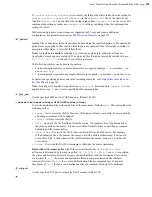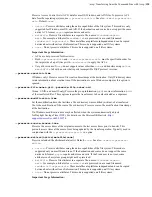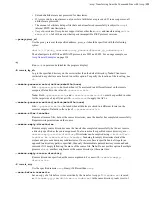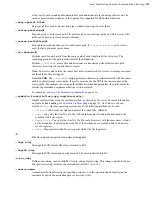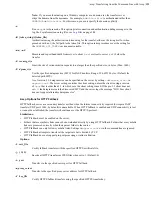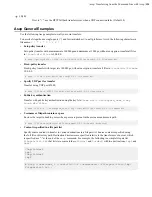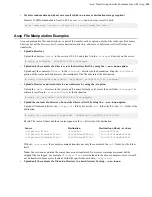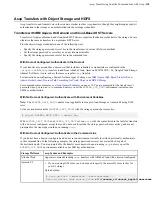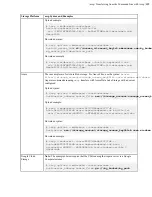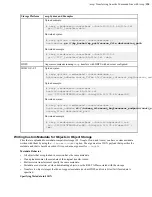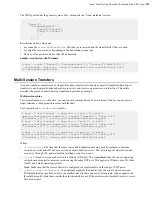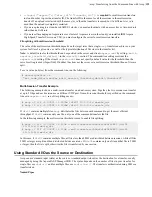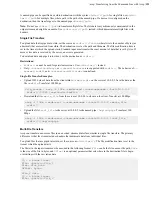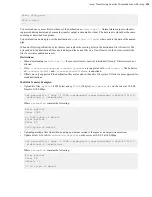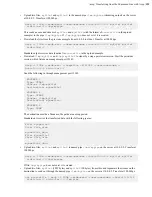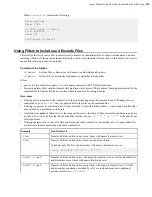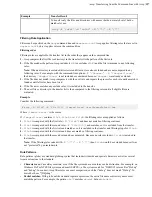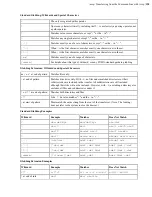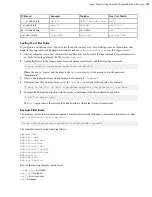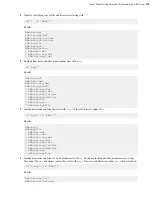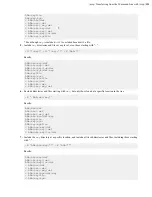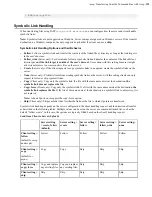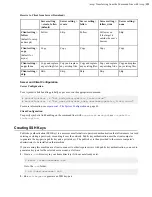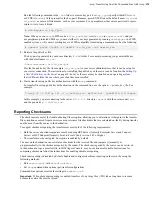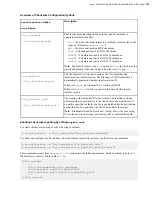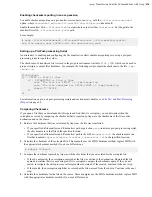
| ascp: Transferring from the Command Line with Ascp |
122
•
--tags={\"aspera\":{\"xfer_id\":\"
transfer_id
\"}}
is
required
for multi-session transfers
to cloud in order to provide a transfer ID. The transfer ID is the same for all the sessions in the multi-session
transfer. If an upload is restarted with the same
xfer_id
then the transfer is resumed, but if a different
xfer_id
is
used then the upload is completely restarted.
• If you are uploading to a cloud-based AWS S3 cluster, you must authenticate with an access key or Assumed role
rather than an IAM role.
• If you are self-managing an Aspera server or cluster of Aspera servers in the cloud (you installed IBM Aspera
High-Speed Transfer Server on a VM), you must configure the server for multi-session transfers.
File-spliting with multi-session threshold
The value of the multi-session threshold depends on the target rates that a single
ascp
transfer can achieve on your
system for files of a given size, as well as the typical distribution of file sizes in the transfer list.
Note:
A default value for the threshold can be specified in the server and client
aspera.conf
by setting
<multi-
session_threshold_default>
in the
<default>
section. The command-line setting overrides the
aspera.conf
setting. If the client's
aspera.conf
does not specify a default value for the threshold, then the
server's setting is used (if specified). If neither the client nor the server set a multi-session threshold, then no files are
split.
To set a value (in bytes) from the command line, run the following:
# asconfigurator -x
"set_node_data;transfer_multi_session_threshold_default,
threshold
"
Multi-Session Transfer Example
The following example shows a multi-session transfer on a dual-core system. Together, the two sessions can transfer
at up to 2 Gbps and each session uses a different UDP port. No multi-session threshold is specified on the command
line or in
aspera.conf
, so no file splitting occurs.
# ascp -C 1:2 -O 33001 -l 1000m /dir01 10.0.0.2:/remote_dir
# ascp -C 2:2 -O 33002 -l 1000m /dir01 10.0.0.2:/remote_dir
If
dir01
contains multiple files,
ascp
distributes the files between each command to get the most efficient
throughput. If
dir01
contains only one file, only one of the commands transfers the file.
In the following example, the multi-session threshold is used to enable file splitting:
# ascp -C 1:2 -O 33001 -l 100m --multi-session-threshold=5242880 /dir01
10.0.0.2:/remote_dir
# ascp -C 2:2 -O 33002 -l 100m --multi-session-threshold=5242880 /dir01
10.0.0.2:/remote_dir
In this case, if
dir01
contains multiple files, all files less than 5 MB are distributed between sessions, while all files
5 MB or larger are split and then distributed between sessions. If
dir01
contains only one file and that file is 5 MB
or larger, then the file is split, otherwise the file is transferred by one session.
Using Standard I/O as the Source or Destination
Ascp can use standard input (stdin) as the source or standard output (stdout) as the destination for a transfer, usually
managed by using the Aspera FASP Manager SDK. The syntax depends on the number of files in your transfer; for
single files use
stdio://
and for multiple files use
stdio-tar://
. The transfer is authenticated using SSH or a
transfer token.
Named Pipes

